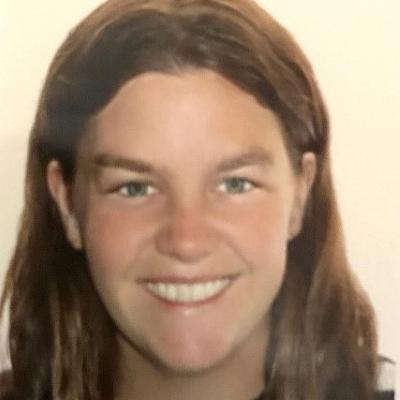
Dr. Inés Llopart Babot
Biography
Ines graduated with her PhD titled "Development of novel assay for "difficult to measure"radionuclides in materials produced during nuclear decommissioning activities" on February 2nd 2024. She is now active as
This was a joint PhD with SCK•CEN foundation in Mol. Experimental work is done in SCK•CEN facilities. My VUB supervisor is Dr. Martine Leermakers from the chemistry department.
RESEARCH SUMMARY:
When a nuclear reactor enters in a decommissioning phase, large amounts of radioactive waste are generated. Typical dismantled materials such as concrete or graphite have to be characterized for their radioactive content to prove conformity with final radiological acceptance criteria. Gamma emitters such as 60Co or 137Cs, easy to measure radionuclides (ETM), can be determined easily by using gamma-ray spectrometry. However, in the case of pure beta- and alpha- particle emitters, called difficult to measure radionuclides (DTM), a radiochemical separation is needed. Moreover, their mobility and half-lives are important factors to consider in the waste disposal sites from the safety point of view. The scaling factor method is being used to calculate the activity of DTM radionuclides based on the measurement of ETM radionuclides, but the disadvantage of is the large uncertainty on the values.
41Ca, 36Cl, 79Se, 129I, 151Sm and 147Pm are the radionuclides selected for this research, most of which are beta-particle emitters. 36Cl and 41Ca come from the neutron activation of graphite and concrete respectively, while 79Se, 129I, 151Sm and 147Pm are fission products.
The objectives of the project include developing and optimizing the sample destruction and individual or sequential radiochemical separations for samples such as soils, sediments, vegetation, graphite, concrete, filters or waters. Fusion (Katanax K3) and pyrolysis (RADDEC pyrolyser) techniques will be applied for sample dissolution. Another goal will be to investigate automated radiochemical separation systems. Real samples will also be used in this project. Finding a way to determine the DTM radionuclides using an automated separation system will be an added value, since it will increase the efficiency and reduce the costs. LSC will be used for determining the activity levels (considering beta interferences) and ICP-QQQMS will be investigated for quantifying the mass concentration (considering isobaric interferences).
Thus, with these new methodologies, the uncertainty with respect to the inventory of these DTM will decrease and the categorization of waste volumes will be more accurate.
